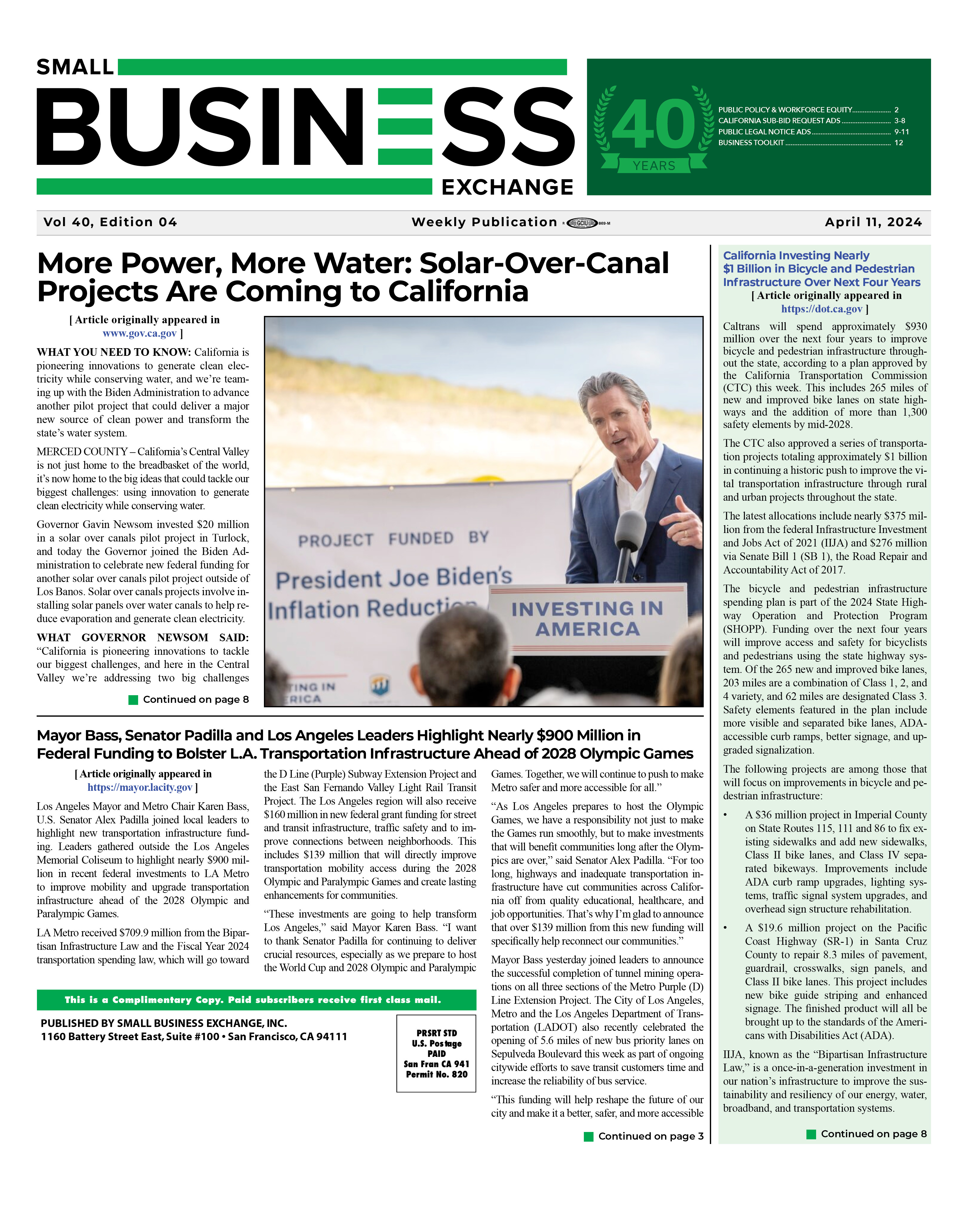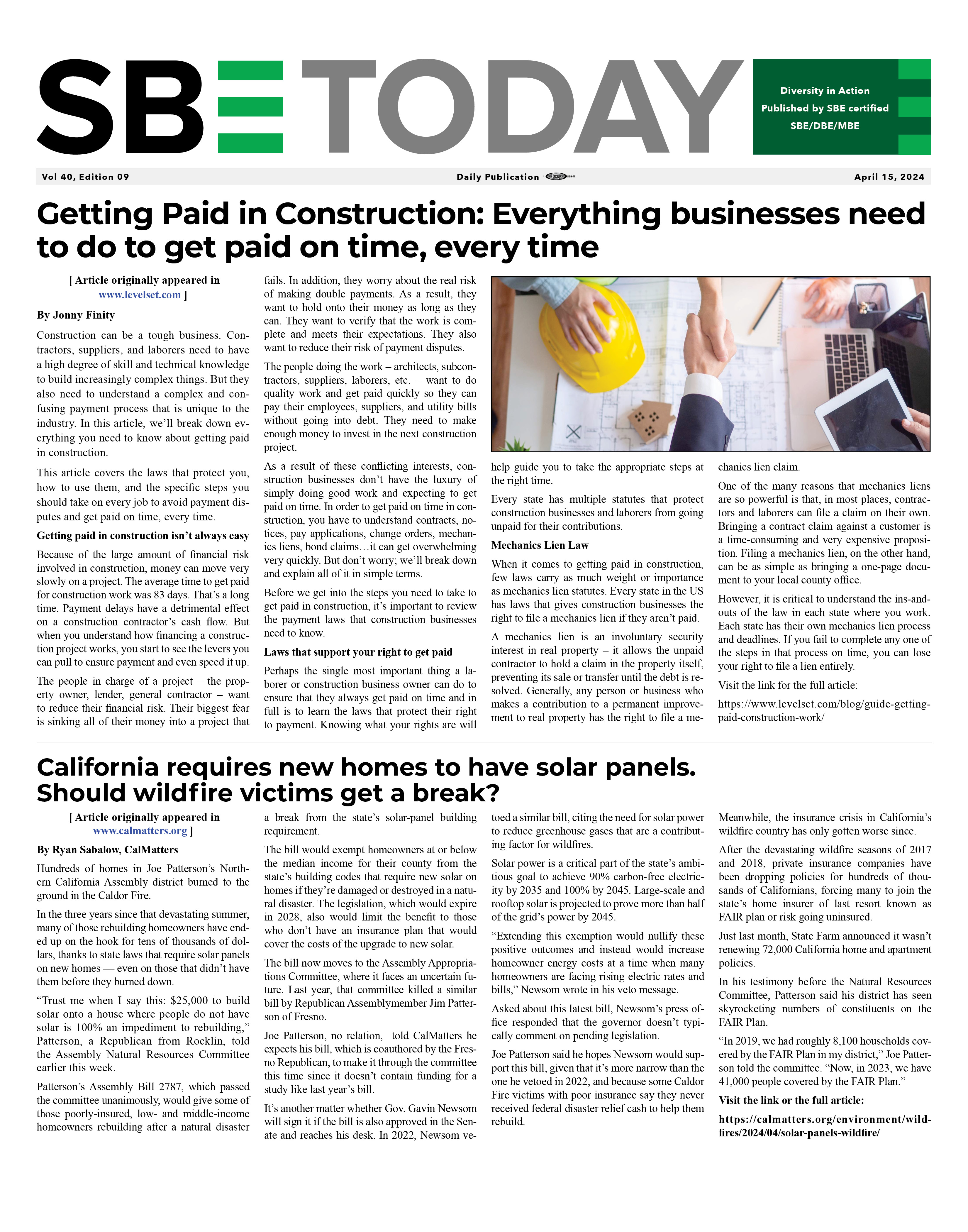|
|
Small Businesses in Black and Hispanic Communities Have Lower Profitability and Cash Liquidity than Businesses in White Communities, According to New JPMorgan Chase Institute Research
09/30/2019
In only one percent of black and Hispanic communities, small businesses profits were over 20 percent, compared to nearly 40 percent of white communities Report shows correlation among home values, college graduation rates and racial composition of communities with small business profit margins and cash liquidity.
The JPMorgan Chase Institute released a new research, showing the correlation among characteristics of communities--home values, college graduation rates and racial composition—and critical factors of small business success like profit margin and cash liquidity. By analyzing the revenues and cash flows of 1.4 million small businesses, Place Matters: Small Business Financial Health in Urban Communities, finds that less than one percent of communities that are majority-black or Hispanic had small businesses with a median profit margin above 20 percent, compared to 40 percent of majority-white communities.
"Understanding the ways in which community characteristics correlate with small business financial outcomes is critical to developing policies that actually help America’s small businesses,” said Diana Farrell, President and CEO, JPMorgan Chase Institute. "By leveraging the firm’s granular data to see the specific challenges facing small businesses at the ZIP code level, we hope to inform place-based policies that recognize the unique and inter-connected characteristics of communities to help create greater opportunity for more small businesses."
While many local policies are directed at the small business sector, city-level policymakers lack empirical data on the financial health of the sector at the ZIP code level, especially for the approximately 80 percent of small businesses that have no employees. Additionally, little research has explored how the industry and socioeconomic characteristics of a community correlate with small business outcomes.
Key points from the report include:
· Small businesses in majority black or Hispanic communities have significantly lower profitability and cash liquidity than businesses in majority white communities. o In over 88 percent of majority black or Hispanic communities, the median profit margin is 15 percent or less. Only 35 percent of majority White communities have median profit margins below this threshold. o There are industry differences across communities – small businesses in majority black and Hispanic communities are overrepresented in restaurants and repair and maintenance—industries with higher exits and lower growth—and underrepresented in healthcare, high-tech, and other professional services.
· Small businesses in communities with few college graduates have profit margins 10 percentage points lower and a cash buffer less than half that of those in communities with many college graduates. o The typical small businesses in a community where less than 25 percent of residents over the age of 25 are college graduates has a profit margin of 8.4 percent and 10.6 cash buffer days, while the typical small business in a community with more than 75 percent college graduates has a profit margin of 19 percent and 21.3 cash buffer days – a difference of 10.6 percentage points and 10.7 days, respectively. o Small businesses in communities with low home values also have lower profit margins and cash liquidity. The typical small business in a low home value community had a profit margin of 9.7 percent and 11 cash buffer days, while the typical small business in a high home value community had a profit margin of 18.4 percent and 17.8 cash buffer days – a difference of 8.7 percentage points and 6.8 days, respectively.
· Cash liquidity is a critical predictor of small business survival and growth. o While most small businesses are profitable, many have limited cash liquidity. Seventy-six percent of small businesses in the report’s sample are profitable with a median profit margin of 14 percent. Fifty percent of small businesses have less than 15 cash buffer days – the number of days of cash outflows a business could pay out of its cash balance if inflows were to stop – and only 40 percent of small businesses had more than three weeks of cash buffer days.
About The JPMorgan Chase Institute
The JPMorgan Chase Institute is a think tank dedicated to delivering data-rich analyses and expert insights for the public good. Its aim is to help decision makers–policymakers, businesses, and nonprofit leaders–appreciate the scale, granularity, diversity, and interconnectedness of the global economic system and use timely data and thoughtful analysis to make more informed decisions that advance prosperity for all. Drawing on JPMorgan Chase & Co.’s unique proprietary data, expertise, and market access, the Institute develops analyses and insights on the inner workings of the global economy, frames critical problems, and convenes stakeholders and leading thinkers. For more information visit: JPMorganChaseInstitute.com. Back To News |
|




